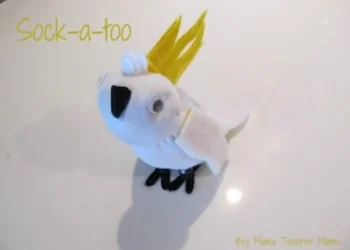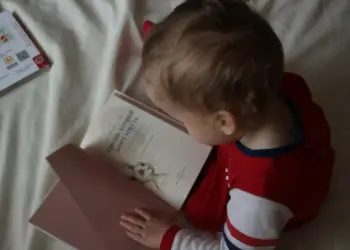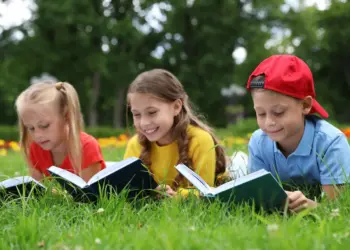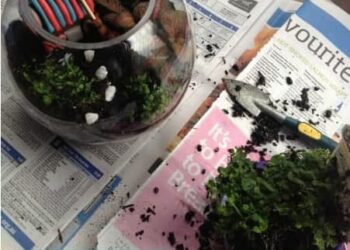Wordless picture books show no favouritism. They can be as simple or as complex as the reader makes them. They are suitable for people of all ages, genders, cultures, languages and reading abilities. They are great for:
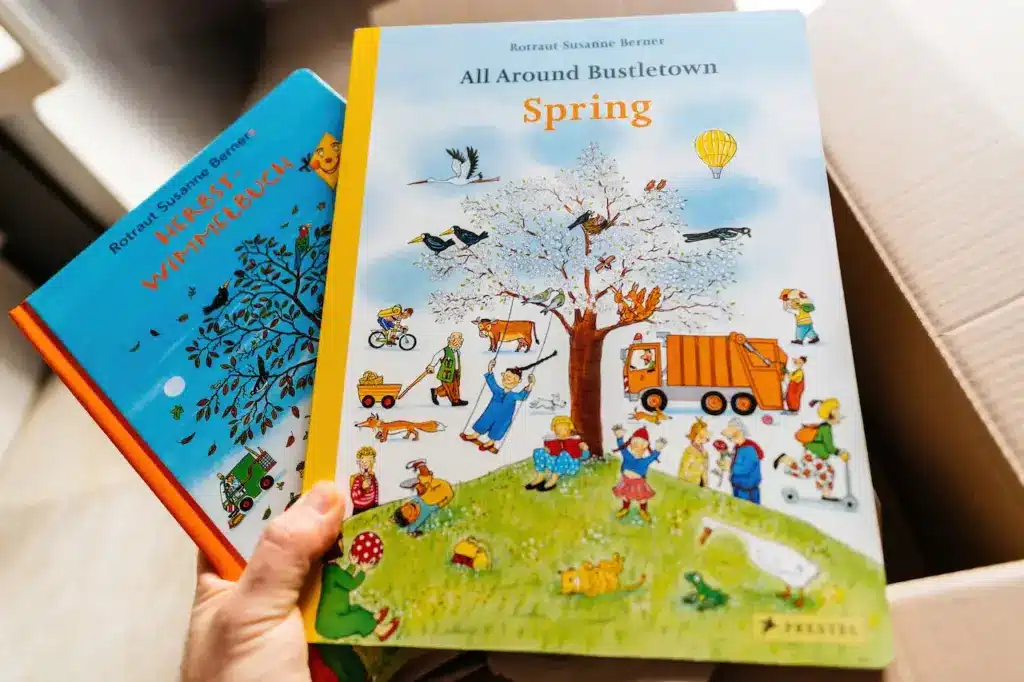
–Babies who are learning the concepts of books (turning pages etc.).
–Toddlers who enjoy telling their own stories and looking at pictures for clues.
–Early readers who are beginning to understand the sequence and structure of stories, and who are developing confidence in reading.
–Independent readers who can be offered challenges in how they use a wordless book to develop their reflection and vocabulary.
–Readers with learning or language difficulties. Because there are no language hurdles for them in the book, they can understand the storyline and build their confidence in reading.
WE ARE COMPELLED TO SPEND QUALITY TIME WITH A WORDLESS PICTURE BOOK
- Because there are no words, there are also no cues for page turns. Readers can pore over and admire each page for hours if they wish, without interrupting the rhythm of the story.
- Readers often feel compelled to go back and re-read a wordless picture book, to look for clues in the story or to help them make more sense of the story.
WORDLESS PICTURE BOOKS ENCOURAGE REFLECTION AND DEVELOP OUR SKILLS AND KNOWLEDGE AS READERS:
- The illustrator gives the reader a licence to interpret the illustrations. The reader is invited by the illustrator to contribute to the plot and messages of the story.
- Readers must reflect on their own experiences to make meaning from the illustrations.
- They assist in the development of imagination and creativity
- They get the brain ticking, as there are often many possibilities or layers to the story.
- Wordless picture books often have circular storylines. There may not be a particular start or end to the story. The reader can feel like the story is unfinished and it is up to them to decide what will happen next.
- They help children to become more thoughtful and reflective readers, as they develop the ability to interpret, infer, predict and analyse aspects of the story. These skills can then be transposed when reading other styles of books.
- They allow readers to practise speaking, by communicating and verbalising their ideas and thoughts of the story.
- They support the reader in learning about particular features of books, such as sequence of events and cause and effect.
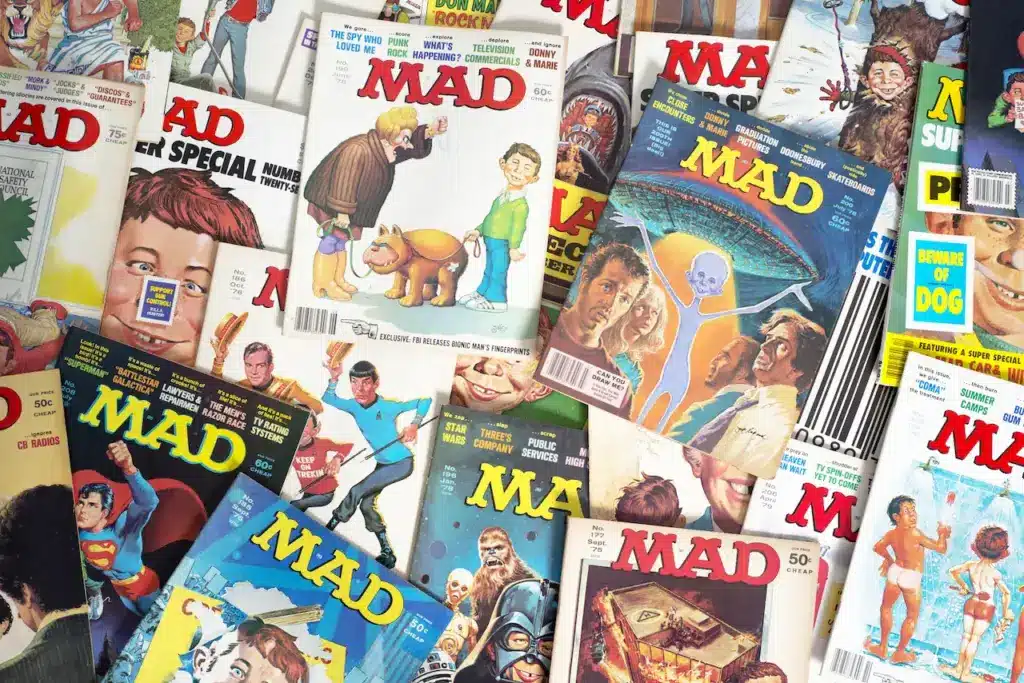
WORDLESS PICTURE BOOKS PROVIDE ENJOYMENT
- The reading of a wordless picture book can promote one-on-one time with a parent or friend. Readers need to be able to look closely at the illustrations because they are so detailed. For this reason, it can be difficult to share a wordless book with a group of children.
- They are an invitation for discussion. You can’t help but ask questions and share your opinions.
- They allow a reader to listen to other points of view as the story one reader constructs is not necessarily the same as the story another reader constructs.
12 WAYS TO ENJOY WORDLESS PICTURE BOOKS
1. Take a Picture Walk through the book with your child. Without attaching any story to the illustrations, simply look at the details on each page and talk about what you see.
2. Model the story-telling for your child. Use the pictures to create a story. Read the story several times. Each time you read the book, develop a different storyline.
3. Without showing the title of the book to your child, use the illustrations to create a story together. Ask your child to create a title of their own for the book.
4. At certain points during the book, invite your child to predict what will happen on the next page.
5. Write a word list for the book. Think of words that could appear on each page. Write these words on Post-it notes and attach them to the relevant pages. You could do this activity several times, using a different category for words each time. Eg.
– Feelings and thoughts of the characters
– Dialogue between characters
– Actions/verbs
– Adjectives to describe the setting or characters
– Events that are taking place
– Prepositions (eg. on, over, across)
You could then extend this activity by using the thesaurus to find alternative words for the ones recorded on the Post-it notes.
6. Use the words from Activity 5 to construct sentences. Choose one page in the book and write a paragraph for it. Or your child might like to write the whole story.
7. Let your child dress up as a character in the book. Let their imagination take over.
8. Act out part or all of the story. If there are enough characters in the story involve the whole family.
9. Choose a picture in the book and ask each other questions about it.
10. Talk to your child about what you each think the story is about. Find similarities and differences between your ideas.
11. Share your favourite pages with one another and explain why it is your favourite.
12. Invite your child to create their own wordless book.



